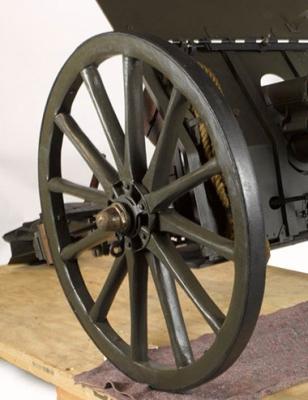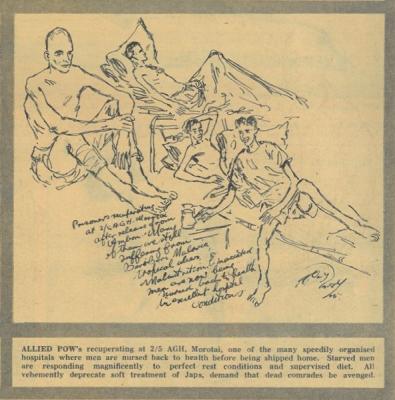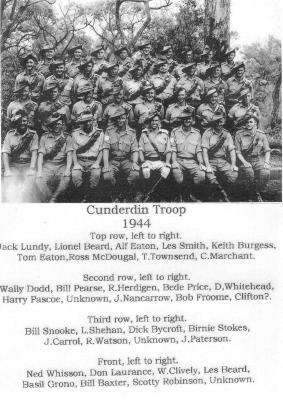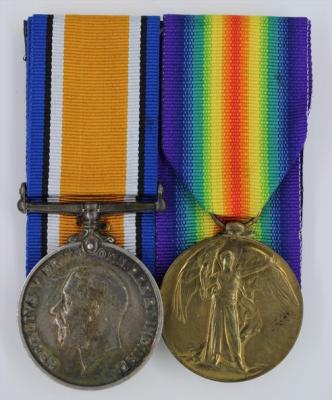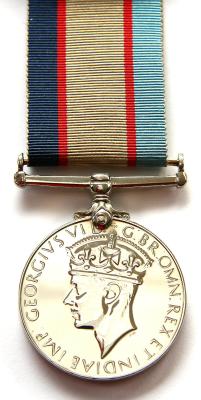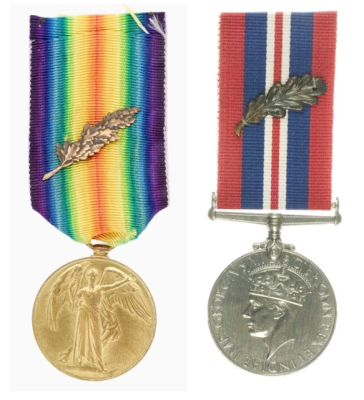Artillery Pattern Wheel
The artillery wheel was a nineteenth century and early-twentieth-century style of wagon, gun carriage, and automobile wheel. Rather than having spokes mortised into a wooden nave (hub), it has them fitted together in a keystone fashion bolted into a two-piece metal nave. The design evolved over the nineteenth and early twentieth century, and was ultimately imitated in drawn steel for auto wheels
British artillery pattern wheels were meticulously designed to endure the rigors of warfare, from transportation across rough terrain to the powerful forces generated by firing artillery. The durability and reliability of these wheels were essential for the effective deployment of artillery on the battlefield.
Details
Details
The key features of the Artillery pattern wheel were the fellow, a metal plate that attached the spokes to the hub, and the metal nave the central cylindrical component that helped maintain the spacing and stability of the spokes.
The Australian Army Museum of WA has a stand alone exhibit of an Artillery Pattern wheel in addition to the examples found integral to the 15 Pounder gun, General Service wagon and the Battery Cart on display.
Australian Army Museum of Western Australia
Australian Army Museum of Western Australia
More items like this
Other items from Australian Army Museum of Western Australia
- World War 2, South West Pacific Theatre, Morotai, 2/5 Australian General Hospital, Prisoner of War Release, 1945
- World War 2, South West Pacific Theatre, Townsville, Prisoner of War Release, 1945
- Medal - 1914-15 Star
- Medal - Knight Commander of the Most Honourable Order of the Bath (KCB)
- World War 2, Australia, Western Australia Wanneroo, A Squadron, 10 Light Horse, 1944
- World War 2, Australia, Western Australia, Wanneroo, Cunderdin Troop,10 Light Horse, 1944
- Inter-War, Australia, Western Australia, Guildford, McDOUGALL, 10 Light Horse
- Medal - Military Cross (MC)
- Medal Group World War 1 - "Pip, Squeak and Wilfred"
- Medal Group World War 1 - "Mutt and Jeff"
- Australian Service Medal 1939-45
- Medal - Mentioned in Despatches Insignia

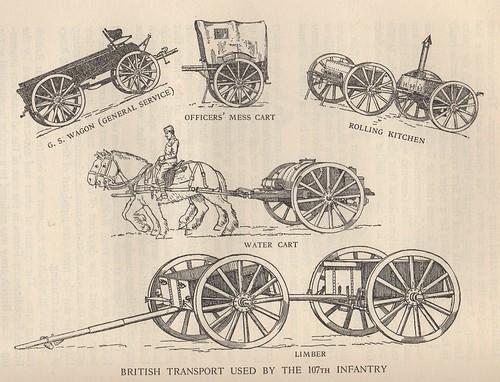
Scan this QR code to open this page on your phone ->

